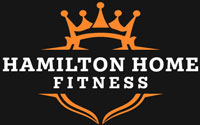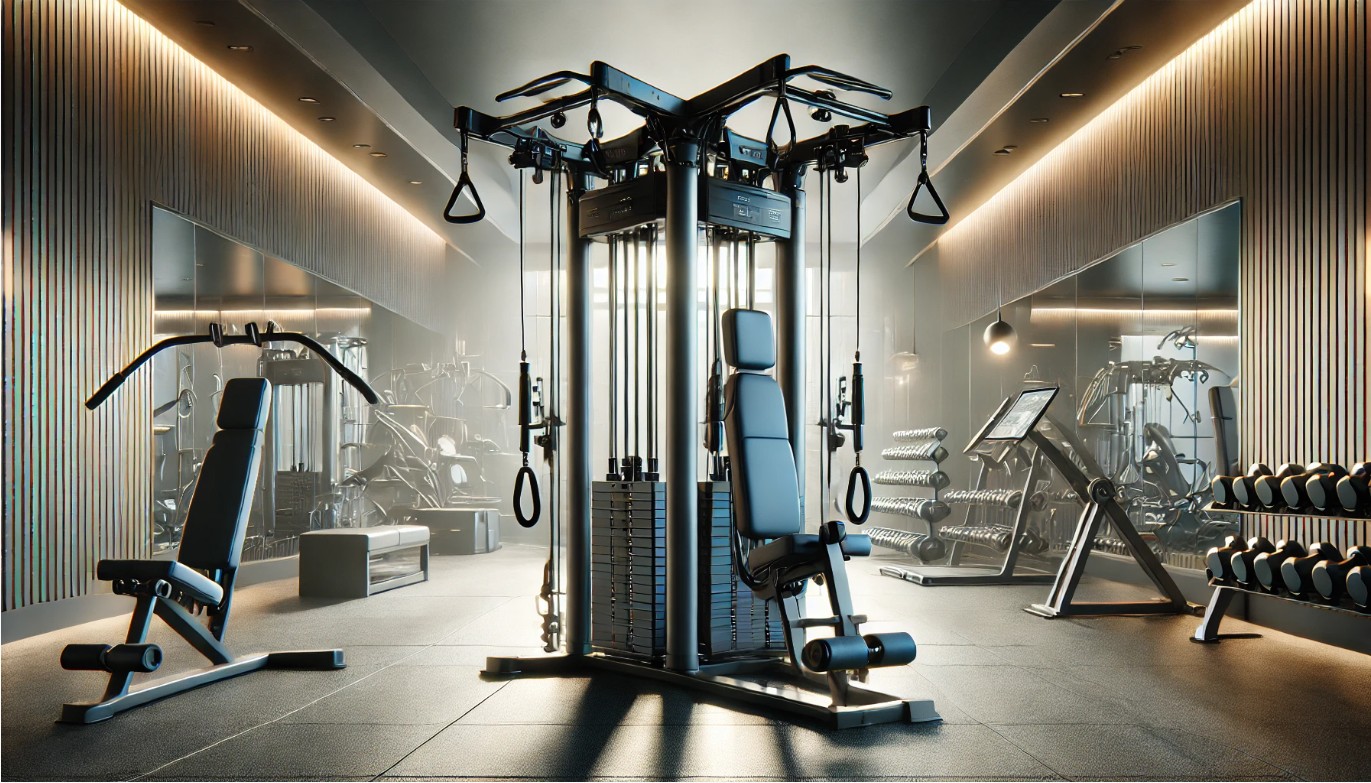Did you know that functional trainer machine exercises can improve your fitness and prevent injuries? Functional training has become a popular way to build strength and improve athletic performance. It focuses on movements that we do every day, making it effective for all types of activities.
At Hamilton Home Fitness, we believe that the right tools help you reach your goals. The functional trainer machine is one of the best pieces of equipment to target multiple muscle groups at once. In this post, we will explore how functional trainer machine exercises work and why they should be a part of your fitness plan.
By the end, you'll understand how to use the functional trainer machine, and why Hamilton Home Fitness offers the best machines to support your fitness journey.
Why Functional Trainer Machines Are Beneficial
Functional trainer machines are made to mimic the movements we do in everyday life. This helps you build strength and coordination in muscles that you use daily.
Here are some key benefits of functional trainer machine exercises:
Full-Body Engagement: These machines work several muscle groups at once, helping you build strength and coordination.
Better Stability and Balance: These exercises require your body to stabilize, which improves balance, core strength, and posture.
Increased Range of Motion: The exercises encourage movement through a full range, improving flexibility and joint health.
Injury Prevention: By training muscles for real-life movements, you reduce the risk of injury during everyday tasks.
Versatility: You can perform a wide variety of exercises to improve strength, stability, and mobility all with one machine.
Top Functional Trainer Machine Exercises
The functional trainer machine can be used for many different exercises. Here are a few you should try:
1. Cable Squats
Cable squats are great for your legs and core. They work your quadriceps, hamstrings, glutes, and core. This exercise also helps improve your lower body stability.
How to do it:
- Set the cable machine to a low pulley position.
- Attach a rope or single handle.
- Stand facing the machine and hold the handle in front of you.
- Squat down with your chest up and knees behind your toes.
- Push through your heels to stand up.
Pro Tip: Keep your core tight to protect your lower back.
2. Cable Deadlifts
Cable deadlifts work your glutes, hamstrings, and lower back. They help build strength for activities like lifting heavy objects.
How to do it:
- Attach a handle to the low pulley.
- Stand with feet shoulder-width apart, with the handle between your feet.
- Bend your knees slightly and reach down to grab the handle.
- Stand up straight, pulling the handle up by pushing your hips forward.
Pro Tip: Keep your spine straight to avoid back strain.
3. Single-Leg Cable Rows
This exercise targets your upper back and core. It also improves your balance and stability.
How to do it:
- Attach a handle to the cable at chest height.
- Stand on one leg and grab the handle with your opposite hand.
- Pull the handle toward your body while keeping your shoulder blades down.
- Slowly return to the starting position.
Pro Tip: Engage your core and keep your hips facing forward.
4. Cable Chest Press
The cable chest press works your chest, shoulders, and triceps. It gives you a full range of motion, which can help you build strength in your upper body.
How to do it:
- Attach handles to the upper pulleys.
- Stand with your back to the machine and hold the handles at chest height.
- Step forward into a lunge position to stabilize your body.
- Push the handles forward, extending your arms slightly.
- Slowly return to the starting position.
Pro Tip: Keep your chest up and your shoulders relaxed.
5. Cable Woodchoppers
Cable woodchoppers target your core, especially your obliques. This exercise builds rotational strength and is great for sports or lifting.
How to do it:
- Attach a handle to the high pulley.
- Stand sideways to the machine and hold the handle with both hands.
- Twist your torso to pull the handle down diagonally, as if you are chopping wood.
- Slowly return to the starting position.
Pro Tip: Keep your core tight for the best results.
How to Add Functional Trainer Machine Exercises to Your Routine
Here’s how to get the most out of your functional trainer machine:
- Start with Compound Movements: Begin your workout with exercises like squats and chest presses. These engage multiple muscle groups.
- Add Isolation Exercises: After compound moves, do exercises that focus on specific muscles, like cable rows or chest flys.
- Include Unilateral Movements: Exercises like single-leg rows improve balance and prevent muscle imbalances.
- Adjust the Resistance: Gradually increase the weight as you build strength.
Research & Sources
Research supports the benefits of functional training. A study published in the Journal of Strength and Conditioning Research found that functional training improves strength, balance, and coordination (Escamilla et al., 2018). Functional trainer machines are highlighted for their ability to mimic everyday movements, making them safe and effective for all types of training.
Experts from the National Strength and Conditioning Association (NSCA) recommend functional training for improving overall strength and performance, especially for older adults and athletes (Behm & Sale, 2016).
These studies show that using functional trainer machines is a smart way to boost your fitness and reduce injury risk.
FAQ (Frequently Asked Questions)
Q1: What is a functional trainer machine?
A functional trainer machine is a fitness tool that uses adjustable cables to help you perform a variety of exercises. It mimics real-life movements and targets multiple muscle groups.
Q2: Are functional trainer machine exercises good for beginners?
Yes! These exercises are adjustable and can be done at any fitness level. Beginners can start with light resistance and focus on proper form.
Q3: Can I use a functional trainer machine instead of free weights?
While both free weights and functional trainer machines have their benefits, the functional trainer machine allows for more controlled movements and is great for building strength in multiple planes.
Q4: How often should I use a functional trainer machine?
You can use it 2-3 times a week, depending on your fitness goals. Be sure to allow for rest between workouts.
Conclusion
Functional trainer machine exercises are an excellent way to improve strength, stability, and flexibility. They are a great addition to any fitness routine and can help prevent injuries by mimicking the movements you perform every day.
Hamilton Home Fitness offers top-of-the-line functional trainer machines that meet the needs of every fitness level. Visit us at Hamilton Home Fitness to explore our range of high-quality equipment.
Get started on your fitness journey today with Hamilton Home Fitness—your go-to brand for advanced and reliable fitness solutions.





